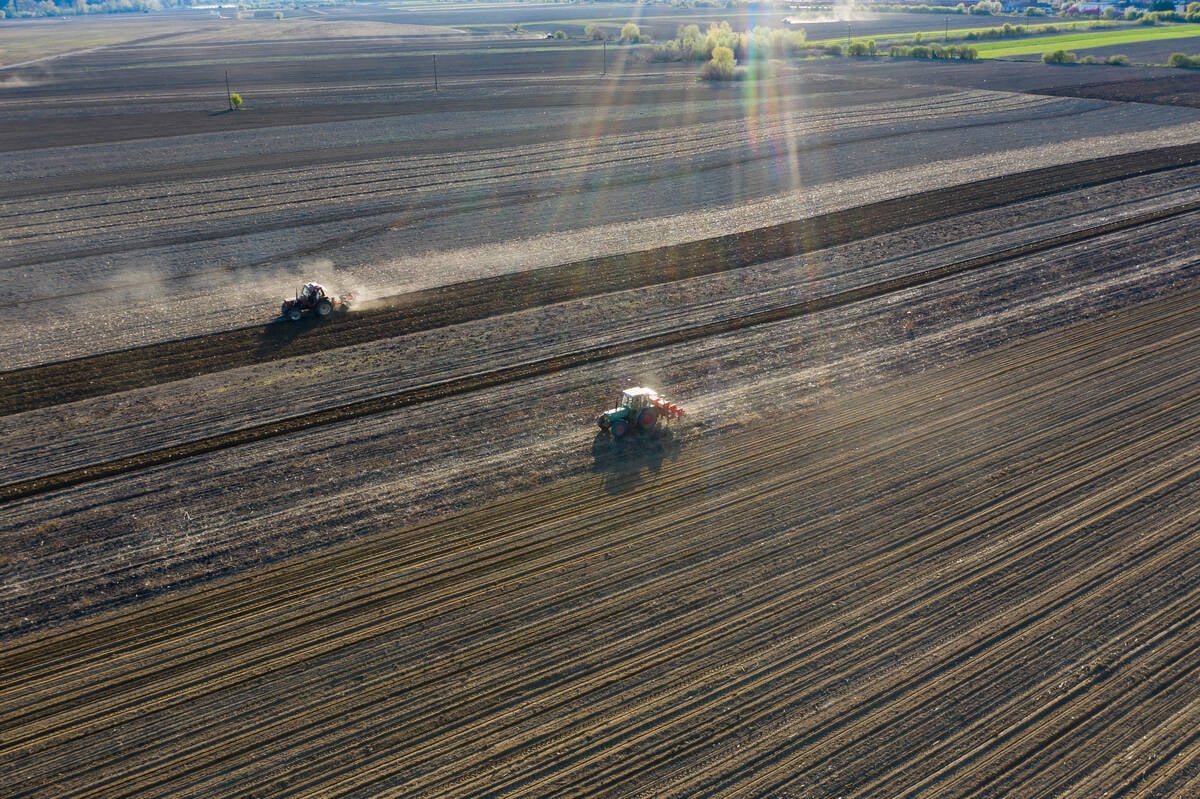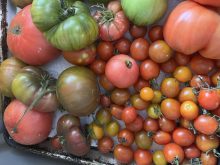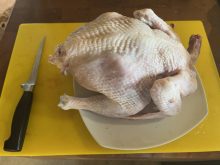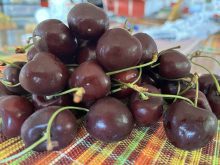Back in March, I joined a crowd of people purposefully moving from booth to table to booth at St. Mary’s Wellness and Education Centre in Saskatoon. The occasion was the annual Seedy Saturday, an opportunity amidst the snow and ice for gardeners to buy seeds and think about spring.
Seedy Saturdays occur across Canada under the auspices of Seeds of Diversity. This organization aims to preserve, perpetuate, study and encourage the growth of heirloom and endangered food crops. The event has several goals: “encouraging the use of open-pollinated and heritage seeds, enabling a local seed exchange, and educating the public about seed saving and environmentally responsible gardening practices.”

In Saskatoon, this annual event has occurred under the sponsorship of CHEP Good Food since 1998. In pursuit of its vison for a food-secure community, CHEP Good Food works with children, families and communities to improve access to good food and promote food security. This mission takes multiple forms: volunteers packing and distributing biweekly produce boxes; facilitating communal cooking; operating fresh food markets for seniors and community stores; providing nutritious school lunches for kids who might otherwise go hungry; cooking workshops; community gardens; and urban farms. Hosting Seedy Saturday is a natural fit with the organization’s ethos.
I love Seedy Saturday. Seeds sold by local growers are the results of years of gardening in Saskatchewan’s challenging climate. It’s a fabulous way to tap into a communal wellspring of gardening knowledge and goodwill. I always come home with more seeds than I have gardening space for: seeds for varieties I have not tried before; seeds for new gardening beds I mean to dig; and seed varieties I have come to love for superior flavour, high yield, hardiness, disease resistance, being bolt-proof, early yield, late yield, climbing versus bush, and/or adaptation to our climate.
Carrots, for example, have suffered terribly in the hands of mass production. The orange sticks in the supermarket year-round are woody and bland, but bite into a freshly pulled Cosmic Purple, Purple Dragon, Solar Yellow, red-cored Chantenay, Little Finger, Scarlet Nantes, Danvers Half Long or Touchon, and you’ll remember why they are among the world’s favourite vegetables. My dog Jake is a discerning carrot consumer, turning his nose up at tattered commercial carrots but gobbling up freshly pulled varieties with an enthusiasm exceed only by his fondness for new sugar peas and beans.

At Seedy Saturday, a community seed exchange offers free seeds from local seed-savers, plus you’ll find educational presentations, live music, and stuff for kids to do, lots of seeds to choose among, and sustainability-minded gardeners who love what they do and are willing to share their knowledge. I spend lots of time talking with one and then another grower, discussing the merits of varietals, best practices, staking versus pruning, and how-tos that I have not yet imagined — all the learning that takes a lifetime of gardening to acquire.

There’s always something new to learn. This year, for example, I was astounded by hydroponic lettuces being grown in yogurt tubs. Who knew? My long months of arguing with my cat over my indoor plant beds may be supplanted by tubs that she’ll have no earthly interest in, tubs that offer her no way of scratching or digging or disturbing my plants. On top of all my seeds and dreams of this year’s garden, I came away with a sheet of information titled “Hydroponic Leafy Greens: Grow with USask” from the University of Saskatchewan’s Department of Plant Sciences in the College of Agriculture and Bioresources. Yay! First we eat, then we start those carrot and greens growing.

Roasted roots
Dense cores make carrots good keepers, so they’re the last vegetable to give up — other than turnips,
carrots, and onions — when the winter larder runs bare. Carrots roast really well, which reveals their inherent sweetness. This fuss-proof method is a bonus when you have other things going on and just want to get something yummy made without fuss. Choose carrots of similar size or cut them to match. If you grow good carrots, their flavour alone is stellar. But to jack up the flavour of uninspired commercial carrots, add a wisp of cumin and cinnamon, paprika, chili powder or ground coriander. Really dull old carrots benefit from a bit of honey added at the end of the roasting time to add caramelized sweetness.
Read Also

Improving agriculture’s economic and environmental sustainability
Improving the resilience of Canadian agriculture requires more flexible and targeted conservation and safety net programming, according to doctoral and distinguished fellows with the Canadian Agri-Food Policy Institute.
Serves 2-4.
- 1 lb. carrots, scrubbed and trimmed to match
- 2 Tbsp. olive oil
- kosher salt and pepper to taste
- 1 Tbsp. minced fresh parsley or dill
Preheat the oven to 425 F. Line a baking sheet with parchment.
Toss the carrots in a bowl with the oil and seasonings, except the fresh herbs. Lay in a single layer on the baking sheet and roast until tender, 20-40 minutes, depending on the size. Toss with the minced herbs and serve hot.















